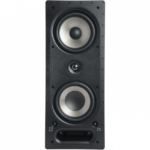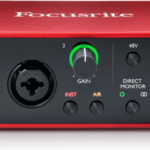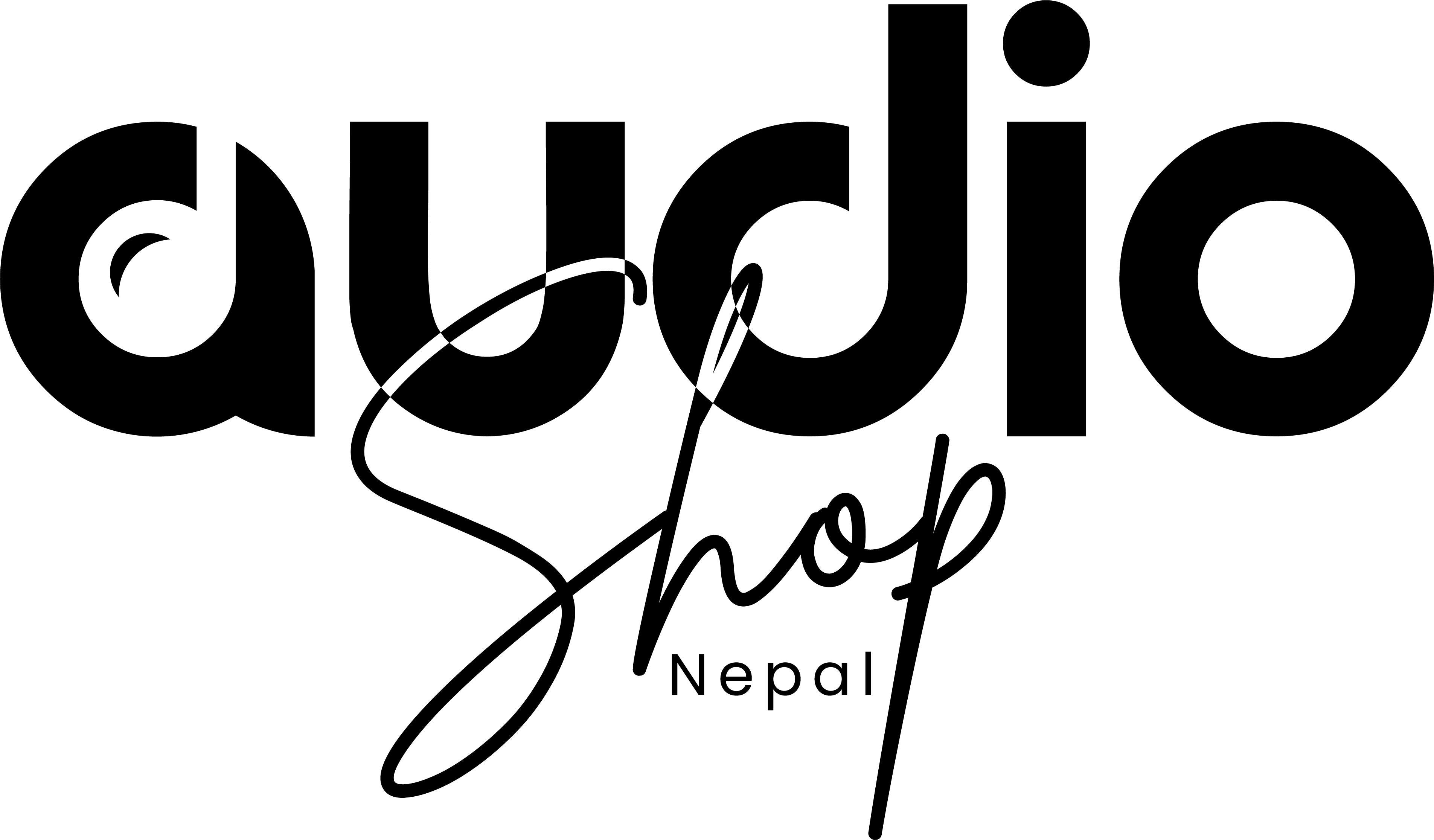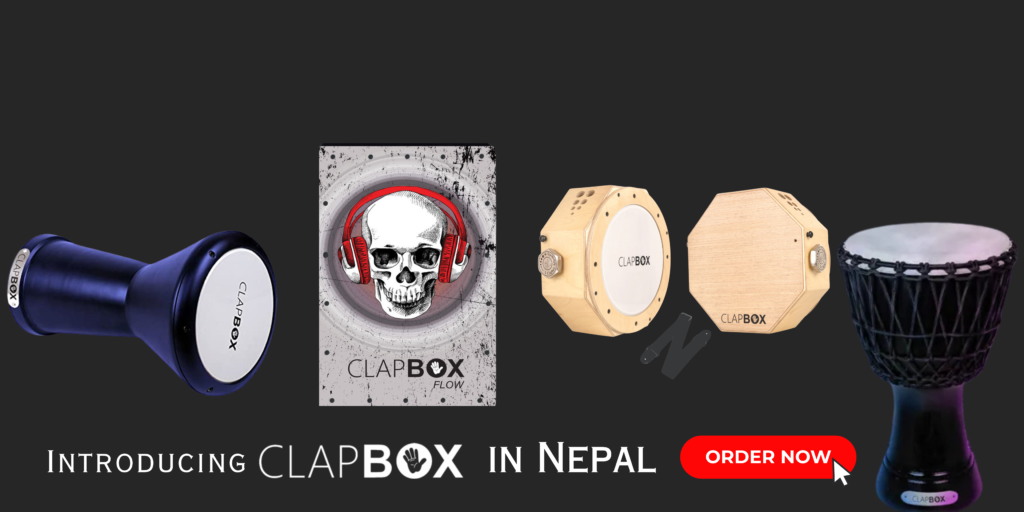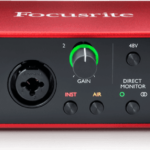How to Choose the Best Podcasting Equipment

A Guide for Audio Enthusiasts in Nepal
If you’re looking for Best Podcasting Equipment in Nepal, it’s probably because you have a unique concept or message to share with the world. Podcasts give an opportunity for communicating with your audience, whether you have a fastening stories, useful information, or insightful opinion. Having the proper equipment is essential for making that connection. Podcasters in Nepal have a variety of alternatives to meet their demands.
For those just getting started, a digital microphone and studio headphones might be all you need to get started. However, if you have ambitious goals or want professional-grade results, you may need to set up a home studio with broadcast microphones, an audio interface, and sound isolation equipment. Fortunately, podcasting kits are available at Audio Shop Nepal to give a simple and fast solution that allows you to begin recording in minutes. The goal is to choose the greatest equipment that meets your individual needs.
The purpose of your podcast setup should be to simplify the recording process and remove obstacles to connecting with your audience. By eliminating these obstacles, you may focus on what really matters: the content you’re giving. Podcasts may help artists, interviewers, and content providers establish their careers. They also provide a real method of interacting with like-minded people all around the world. Our goal is to assist you in overcoming any technological difficulties so that you may fully explore the vast potential of podcasting.
Understand Your Podcasting Needs:
Before entering into the world of podcasting equipment, you must first determine your individual needs. Consider the following questions:
- What kind of podcast will you host?
Determine the topic of your podcast. Will it be mostly interviews, narrative storytelling, instructional stuff, or something else different? Understanding the structure and style of your podcast can help you pick the right equipment to complement and improve the delivery of your information.
- Will you be recording in a specialized studio or on site, such as at home or in other settings?
Decide whether you’ll record in a studio or at home, outdoors, or somewhere. Selecting the correct equipment depends on the recording situation, which may need mobility or noise isolation.
- How many hosts or guests will appear on your podcast?
Consider the number of people who will be participating in your podcast. Will there be one main host, numerous hosts, or regular guest appearances? This effects your equipment selection since you may need to invest in several microphones, headphone outputs, or audio interfaces to successfully satisfy everyone.
- What is your price range for podcasting equipment?
Determine your budget for purchasing podcasting equipment. Having a certain budget in mind will allow you to limit down your alternatives and make nformed purchasing decisions. Keep in mind that there is a large variety of equipment available at various price ranges, and it is critical to find a balance between quality and cost depending on your unique demands.
You may acquire a better knowledge of the equipment required to attain the appropriate audio quality for your podcast by answering these questions.
Essential Podcast Equipments.
Microphone
Some aspiring podcasters may believe that a microphone is all they need—and this is sometimes true. A good microphone is the core of any podcasting system. Consider dynamic microphones, such as the well-known Shure SM58, or condenser mics such as the Audio-Technica AT2020, Shure MV7, which are well-known in the podcasting industry. There are simple, low-cost options, such as USB microphones that connect straight into your laptop or desktop. Smartphone microphones may be used by mobile podcasters. There are also high-end analog microphones that connect via XLR to preamps, mixers, and interfaces for more accurate sound. To pick the best microphone for your recording setting and voice style, you need to first learn and understand the advantages and disadvantages of each model.
Here are some popular dynamic and condenser microphones commonly used in podcasting:
Dynamic Microphone
Condenser Microphone
Microphone Accessories
Many microphones have all of the essential cords, stands, shock mounts, and pop filters. Others need the purchase of these components individually. Make sure you have everything you need for whichever mic you select.
Microphone Stand/Boom Arm:
During recording, a microphone stand or boom arm is utilized to keep the microphone steady. It enables you to modify the microphone’s height, angle, and distance to obtain ideal sound capture location. A boom arm is especially beneficial when recording while sitting or when you need greater microphone positioning freedom.
Windscreen / Pop filter
A pop filter, also known as a windshield or pop shield, is a screen put in front of the microphone to reduce plosive noises created by forceful bursts of air striking the microphone when pronouncing specific words such as “p” and “b.” It helps in the reduction of undesirable plosive noises, resulting in cleaner and crisper audio.
Cables
A high-quality microphone cable is essential for delivering the audio signal from the microphone to the audio interface or recording device without interfering with or degrading the signal. For professional-grade audio quality and noise rejection, balanced XLR cables are suggested. Choose cable lengths wisely.
Headphone
The majority of podcasters use studio headphones to check their audio while recording. Closed-back variants are the most popular option since they help separate your audio stream from outside noises. Purchasing a good set of closed-back headphones is essential for monitoring sounds when recording and editing. Consider Audio-Technica ATH-M50x or Sony MDR-7506 headphones for accurate sound reproduction, comfort, and noise isolation, as well as Audio-Technica ATH-M20X, Sony MDR-7506, and Sennheiser HD280Pro.
Audio Interface
An audio interface acts as a link between your microphone and your computer. Look for an audio interface that has high-quality preamps, enough inputs and outputs, and is compatible with your computer system. If you’re using analog microphones to record your podcast, you’ll need an audio interface. Interfaces accept your analog microphone signal through XLR input and output it in digital form via USB. They may also control different audio sources while doing so. They differ in terms of complexity and size. These interface usually operate with proprietary software that allows you to effortlessly control audio on your computer. You may also use plug-ins to simulate gear such as old amplifiers and microphones.
Here are some popular audio interface used in podcasting:
- Universal Audio Apollo Twin ,
- Focusrite Scarlett 2i2,
- PreSonus AudioBox iTwo,
- Solid State Logic SSL 2+,
- Audient iD4,
- Behringer U-Phoria UM2, etc.
Mixers
The above-mentioned interfaces can handle a few microphones on their own, but if your podcast requires more audio sources, you may need to employ a mixer. Mixers may take many channels and combine them into a single analog signal that can then be connected into an interface. Physical knobs on mixers enable you to fine-tune each input without using software. If your podcast has live musical performances or a large number of hosts, you’ll need a mixer. Some mixers also include a USB output, enabling them to be used as an audio interface. USB mixers combine flexibility and convenience when using analog microphones.
Here are some popular Mixers in the podcasting community:
Remote Podcasting/ Mobile Podcasting
Portable recorders like the Zoom H5, Zoom H2 and Zoom H8 have become reliable traveling companions for podcasters. These devices provide high-quality audio recording, mobility, and a variety of microphone choices, enabling podcasters to record interviews and episodes away from typical studio settings.




